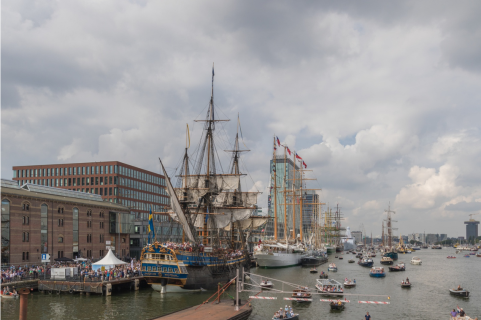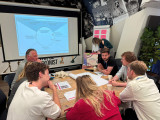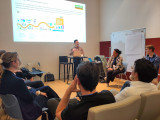Hoe zorgen we ervoor dat grote evenementen in 2020, zoals SAIL, goed te bereiken zijn?
De Dutch Grand Prix in Zandvoort, UEFA 2020 en SAIL 2020 in Amsterdam. Verschillende grote, internationale events vinden in 2020 plaats in Nederland. Er worden honderdduizenden mensen verwacht die naar deze evenementen komen. Hiervoor moet een stad of gebied om kunnen gaan met een grote massa mensen. Hoe zorgen we dat grote evenementen bereikbaar zijn, en welke manieren van reizen zijn daarvoor beschikbaar? Welke innovaties kunnen hierbij helpen? Samen met partners van Amsterdam Smart City gaan we in gesprek over de bereikbaarheid van grote evenementen zoals SAIL2020.
How to move the masses





